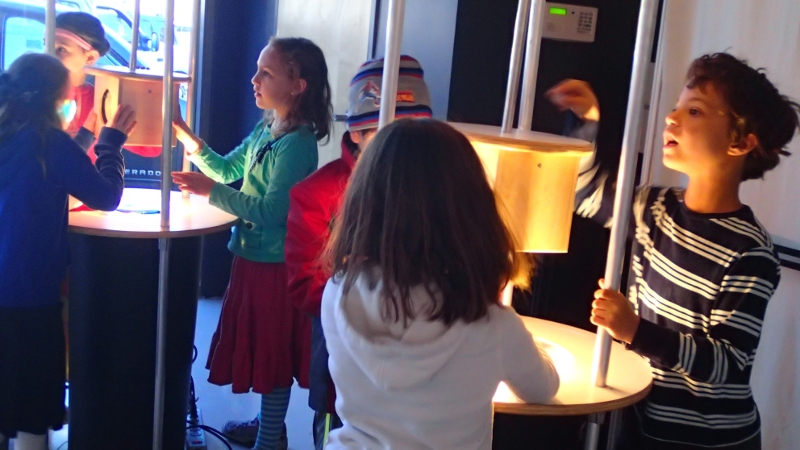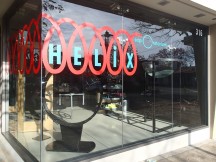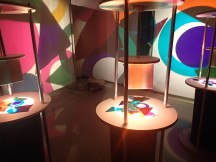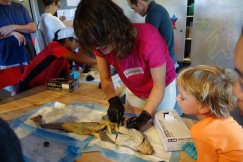
Helix, a Los Altos “community science center” run by the Exploratorium, will close its doors on November 30. The 5,000-square-foot space brought hands-on science exhibits, a classroom with ever-changing activities, and a museum gift shop to downtown Los Altos.
Helix opened last November, less than a year after the Exploratorium moved to its new Pier 15 location. It was funded by a one-year grant from Passerelle Investment Co., which started in 2009 with the explicit goal of revitalizing downtown Los Altos. Passerelle and the Exploratorium have an agreement not to disclose the size of the grant or finances related to Helix, including gift shop revenue.

Over the past year, Helix has served up the Exploratorium’s signature style of creative science education to 50,000 visitors, with a special focus on teacher workshops and student field trips.
“I had never had anyone from a museum meet with me personally to design a learning activity for my students,” said Cathy Moss, a teacher at Gardner Bullis Elementary School in Los Altos. Before bringing her 5th graders to Helix, she met with director Anne Richardson and explained that she wanted her students to use their knowledge of electricity to design real-world structures. Richardson created a project called “The Electric Playground,” in which students “started by experimenting with circuits and then came up with an idea for some kind of playground structure that would incorporate electricity,” said Moss. “We had electric slides, merry-go-rounds with motors, and lots of equipment with lights.”
Helix program manager Hashim Anderson said that supporting K12 teachers has been one of the Exploratorium’s great strengths for many years. He and the other staff members, who are all Exploratorium employees, simply brought this expertise from San Francisco to Los Altos. “We’re not credentialed teachers,” said Anderson, “but we’re all really good learners.”

Even so, it takes time to develop relationships with a new community. “I feel like we’re just really gaining momentum and figuring out working with school groups,” said Lea Frantti, one of four education specialists at Helix. “If we were here for one more year, or two more years or ten more years, there’s so much more we could learn.” But that time isn’t available, and Helix’s two managers, four educators, and three retail workers will be soon be moving on. “Most of us were signed on specifically just for this project, so our positions are coming to an end,” said Anderson.
